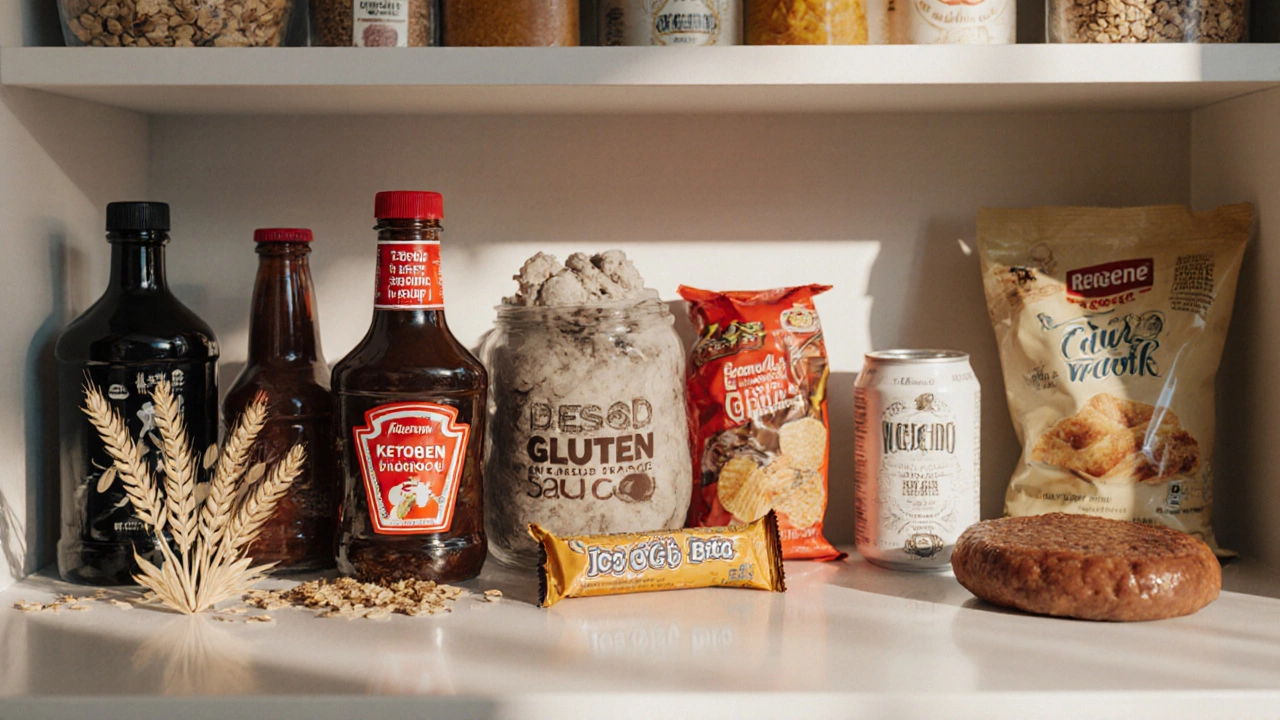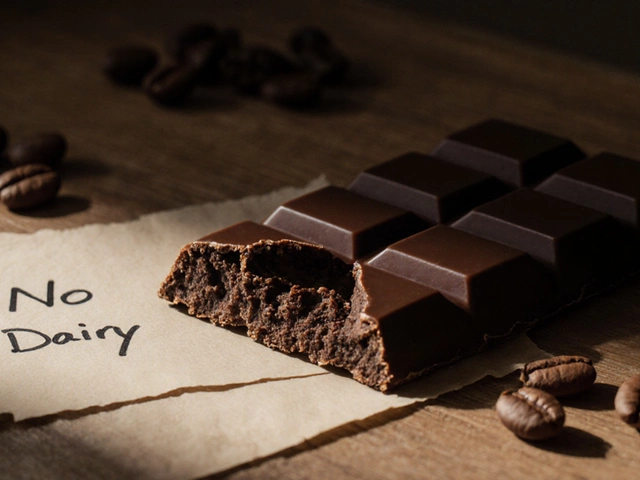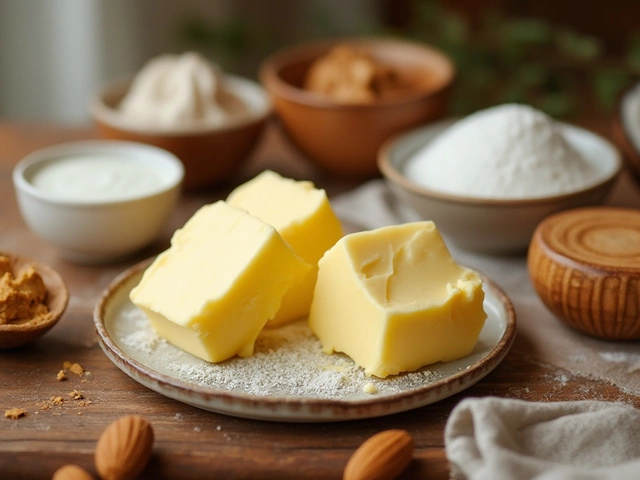Gluten Sources – What Grains Pack the Protein?
When working with gluten sources, the grains and ingredients that naturally contain the protein gluten. Also known as gluten‑containing grains, it forms the structural backbone of most baked goods. Gluten sources include wheat, barley, rye, and oats, but they also hide in things like seitan, wheat starch, malt extract, and even some flavorings. Wheat, the most common source, supplies gliadin and glutenin that create elasticity in dough shows up in everything from breads to sauces. Barley, often used in soups, malt drinks, and beer, adds gluten even when you don’t expect it can surprise a shopper who only looks at the main ingredient list. Rye, gives rye bread its dense crumb and distinctive taste is another grain that contributes a strong gluten network. Even Oats, labeled gluten‑free but frequently cross‑contaminated during processing may carry trace gluten that matters to sensitive eaters. The rule of thumb is: any product that mentions wheat, barley, rye, triticale, spelt, kamut, or malt likely contains gluten, and the presence of gluten demands clear labeling for those who must avoid it.
Why Knowing Gluten Sources Matters for Everyone
Understanding gluten sources isn’t just a baker’s concern—it’s a health issue for anyone with celiac disease, non‑celiac gluten sensitivity, or a desire to keep meals gluten‑free. The chemistry behind gluten is simple: proteins absorb water, unwind, and link together to form a stretchy matrix that traps gas bubbles during fermentation. This matrix enables bread to rise and gives cakes their crumb. When you swap wheat for a gluten‑free flour blend, you lose that matrix, which explains why gluten‑free cakes often sink or feel heavy. That’s why many recipes recommend adding xanthan gum, psyllium husk, or extra eggs to mimic gluten’s elasticity. Knowing which ingredients bring gluten into a dish lets you replace them with rice flour, almond meal, tapioca starch, or sorghum flour, and then adjust hydration, leavening, and mixing time accordingly. It also helps you spot hidden gluten in processed foods—think canned soups thickened with wheat flour, salad dressings with malt vinegar, or candy coated with barley malt syrup. For celiac patients, even a tiny amount of gluten can trigger an immune response, so precise identification of gluten sources is a matter of safety, not just preference.
Below you’ll find a range of guides, tips, and deep dives that cover everything from spotting hidden gluten in everyday products to mastering gluten‑free baking techniques. Whether you’re ordering a cake from a big‑box store, tweaking a cheesecake recipe, or wondering why some desserts sink, these articles give you practical steps to navigate the world of gluten. Dive in and see how a clear grasp of gluten sources can make your next bake, grocery run, or restaurant visit smoother and safer.

Hidden Gluten Foods You Didn’t Expect
Discover the surprising foods that contain gluten, learn how to spot hidden sources, and keep your celiac diet safe.
View More




